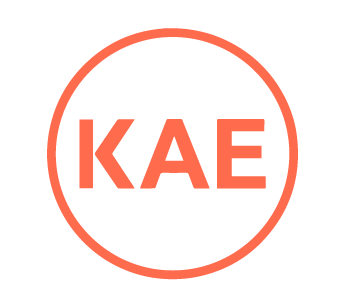Strengthening UK engagement amongst BNPL consumers
What’s next for BNPL?
BNPL in the UK has seen the emergence of new products and business models, including the entrance of legacy banks launching their own instalment plans, hoping to get a piece of the “pay later” pie. Amid changing regulation and devaluations, some BNPL providers have called it quits, whilst others have continued to raise capital and diversify revenue streams.
Ahead of anticipated changes to BNPL regulation by the Financial Conduct Authority set to consolidate in 2023, how can BNPL providers play in the UK?
UK BNPL Landscape: Supply and Demand
Klarna, Clearpay, LayBuy, Zilch, humm, payl8r reportedly occupy the greatest BNPL market share in the UK. Other notable financial services providing BNPL, or installment plans are PayPal, Monzo, Visa, Amazon (with Barclays) and Virgin Money. Legacy banks such as NatWest, HSBC and Santander are the most recent BNPL entrants. Leveraging their large product portfolios, experience of working within UK financial frameworks and cumulative customer databases, banking providers have the advantage of pre-aligning with any proposed changes toconsumer protection and regulation from the Financial Conduct Authority (FCA). TheFCA aims to ensure all BNPL purchases pass a suitable affordability check, outline a provision of clear terms and conditions (compliant with FCA rules on pre-contract disclosures), delivery of a signed credit agreement containing all the terms, and allowance of a 14 day right of withdrawal for all customers.
Furthermore, banking providers may attain greater appeal from a wider demographicbeyond Gen Z, due to their brand reputation, customer trust and relationship history– which conveys perceptions of security, tradition, and formality. In the context of the cost-of-living crisis in the UK, the supply is meeting growing demand. An analysis conducted by Experian found that BNPL usage grew across all income and age deciles in the last quarter of 2023, compared to the same period in 2022, with growth concentrated in older, more affluent UK consumers. A recent Forbes survey corroborates that usage is increasing. However, reasons for purchase vary amongst age groups. Gen Z (18-24) are more likely to use BNPL on clothes, whereas older age ranges (25-34, 35-44) use BNPL to cover expenses. Usage across older consumers may continue to increase, as more merchants in supermarkets, retail andfood services accept BNPL.
How can BNPL providers play in the UK? Example from Klarna
To align with the FCA regulatory proposal, Klarna is working more closely with UK credit reference agencies to help their customers build positive credit history. Additionally, Klarna was appointed as a member of the Strategic Working Group (SWG) to support UK regulators in developing a roadmap for Open Banking, and launched Klarna Kosma, an open banking provider – a key data source for them to assess consumer affordability. On the product development side, Klarna launched aCreator Platform that connects businesses with influencers, acquired PriceRunner, a real time price comparison website, created a virtual shopping service, and added an unbiased search tool within their proprietary app and website, indicating its goal to become a leading eCommerce and purchasing platform:
“We will continue to expand our commerce solutions with strategic investments to solve real problems identified through consumer insights in the shopping journey. We will continue to invest … to create a strong platform for future growth as the shopping destination of the future.”
Klarna Annual Report 2022

